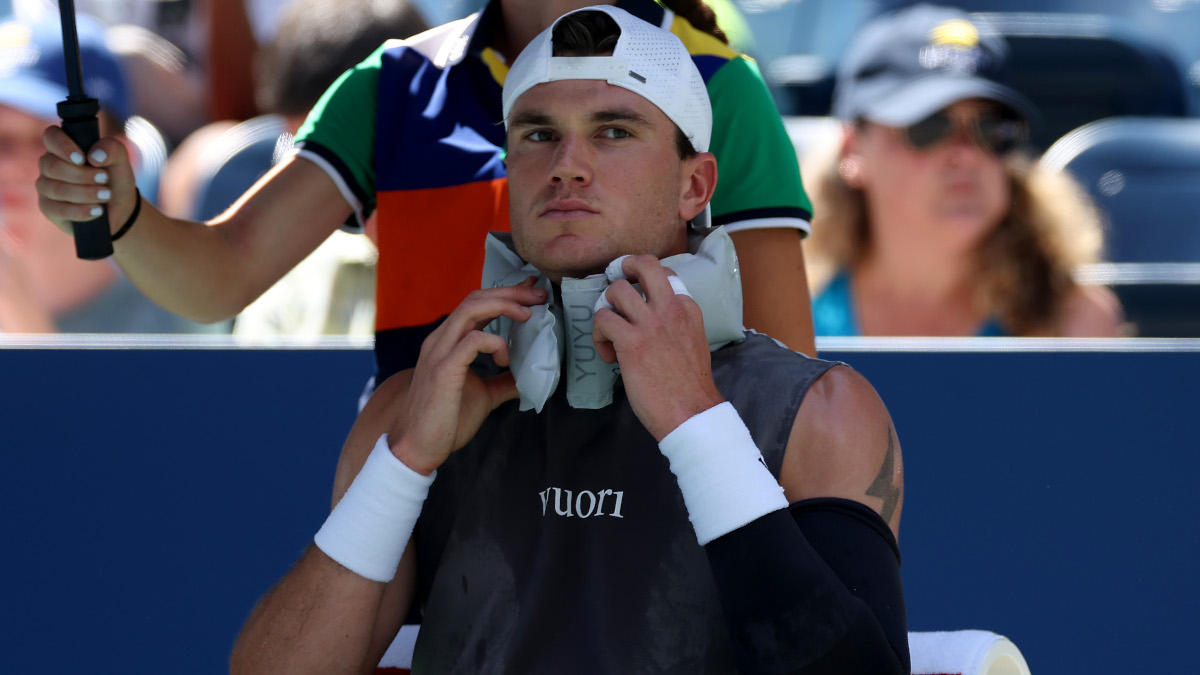Key Highlights
- British number one Jack Draper calls for adaptation in the tennis calendar to ensure athlete longevity.
- Holger Rune’s season is cut short due to a torn Achilles tendon, adding to a growing list of injuries among top players.
- Injuries have become increasingly prevalent across various high-profile events and tournaments.
- Experts and athletes alike criticize the congested tennis schedule as a contributing factor to player health issues.
Tennis Calendar Faces Criticism Amid Rising Injuries
The tennis world is grappling with an increasing number of injuries among top players, prompting calls for a reevaluation of the sport’s calendar. British number one Jack Draper emphasized the need to adapt in his recent tweet, stating, “Injuries are going to happen… we are pushing our bodies to do things they aren’t supposed to in elite sport.” This sentiment echoes concerns raised by other high-profile players and experts within the tennis community.
High-Profile Injuries
The latest casualty is Holger Rune, a 22-year-old Danish player, who had just secured his place among the world’s top 10. Rune was forced to retire during his match against Frenchman Ugo Humbert due to an apparent torn Achilles tendon, a diagnosis confirmed by his mother Aneke Rune in a statement to Danish newspaper BT.
Rune’s injury is part of a larger trend affecting several prominent players across the sport. Novak Djokovic also retired from a match at the Six Kings Slam after struggling with both injury and illness. Naomi Osaka, Daria Kasatkina, Elina Svitolina, and Paula Badosa have all ended their seasons earlier than planned due to injuries or health concerns.
Expert Opinions and Industry Context
Draper’s call for adaptation is supported by the experiences of other players who have criticized the congested schedule. Carlos Alcaraz, a former world number one, expressed frustration over “too long and too intense” conditions during his comments about the China Open. Iga Swiatek, another high-ranking player, had previously complained that the season’s length is detrimental to her health.
Draper’s concern extends beyond just individual player well-being; he advocates for a sustainable career path within professional tennis. “However, the tour and the calendar have to adapt if any of us are going to achieve some sort of longevity,” he wrote on X. This sentiment reflects a broader debate in professional sports about balancing competitiveness with athlete welfare.
Future Implications
The trend towards greater player injuries raises questions about how tournaments can be structured more sustainably while maintaining the competitive edge required for top-level play. Some argue that reducing the number of mandatory tournaments and allowing players to take extended breaks could mitigate these issues.
“The key is finding a balance where we push our athletes but not so far that they risk serious long-term damage,” said Draper, echoing the growing consensus among tennis professionals. As the sport continues to evolve, addressing player health will be crucial for ensuring longevity and maintaining public interest in the game.

